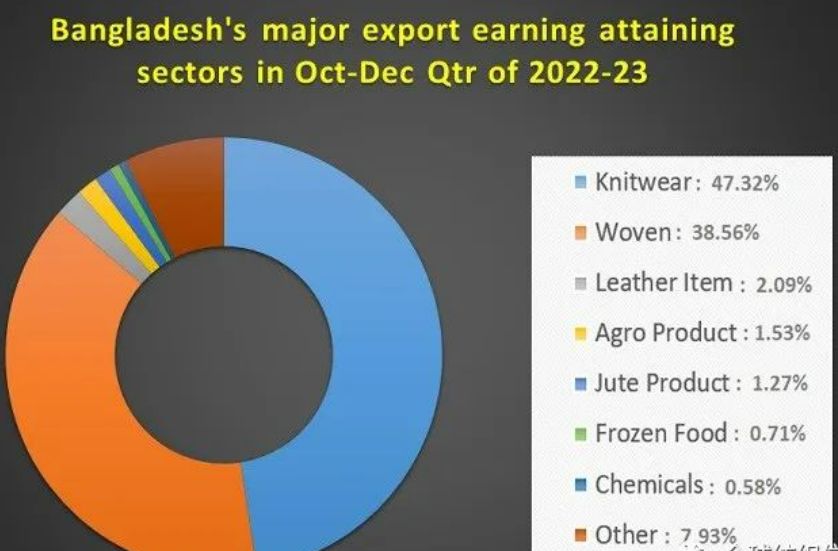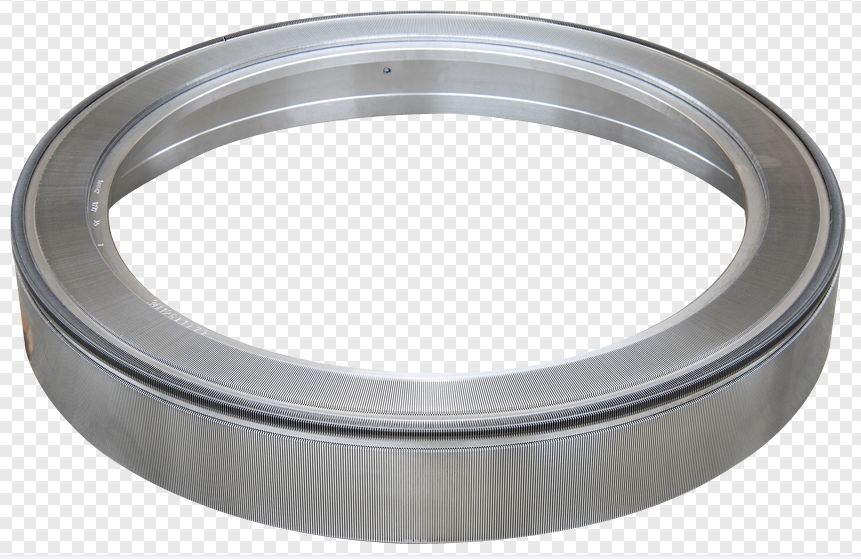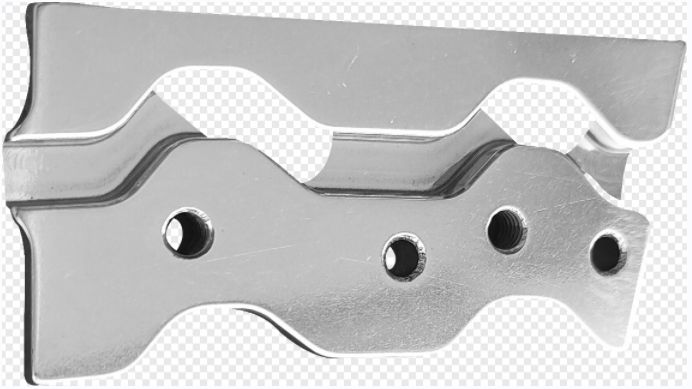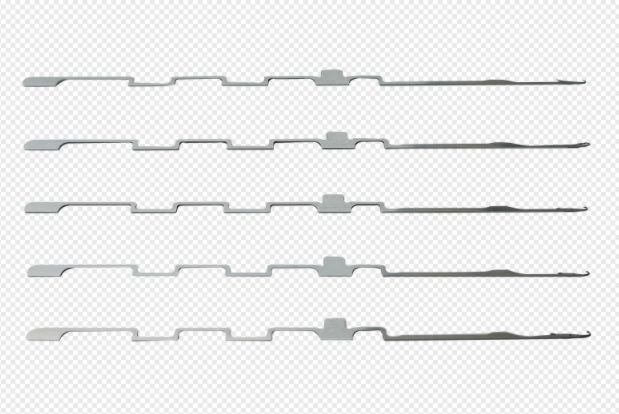In the 1980s, woven garments such as shirts and trousers were Bangladesh’s main export products. At the time, woven garments accounted for more than 90 percent of total exports. Later, Bangladesh also created knitwear production capacity. The share of woven and knitted garments in total exports is gradually balanced. However, the picture has changed over the past decade.
More than 80% of Bangladesh’s exports in the world market are ready-made garments. Garments are basically divided into two categories based on type – woven garments and knitted garments. Generally, T-shirts, polo shirts, sweaters, pants, joggers, shorts are called knitwear. On the other hand, formal shirts, trousers, suits, jeans are known as woven garments.
Knitwear makers say the use of casual wear has increased since the start of the pandemic. In addition, the demand for everyday clothing is also increasing. Most of these clothes are knitwear. In addition, the demand for chemical fibers in the international market continues to increase, mainly knitwear. Therefore, the overall demand for knitwear in the global market is increasing.
According to apparel industry stakeholders, the decline in the share of wovens and the increase in knitwear is gradual, mainly due to the backward linkage capability of knitwear which ensures local availability of raw materials is a major advantage.
In the 2018-19 financial year, Bangladesh exported goods worth $45.35 billion, of which 42.54% were woven garments and 41.66% were knitwear.
In the 2019-20 financial year, Bangladesh exported goods worth $33.67 billion, of which 41.70% were woven garments and 41.30% were knitwear.
The total export of goods in the last fiscal year was US$52.08 billion, of which woven garments accounted for 37.25% and knitted garments accounted for 44.57%.
Clothing exporters say buyers want fast orders and that the knitting industry is better suited to fast fashion than woven garments. This is possible because most of the knitting yarns are produced locally. As far as ovens are concerned, there is also local raw material production capacity, but a large part still relies on imports. As a result, knitted garments can be delivered to customer orders faster than woven garments.
Post time: Feb-13-2023




